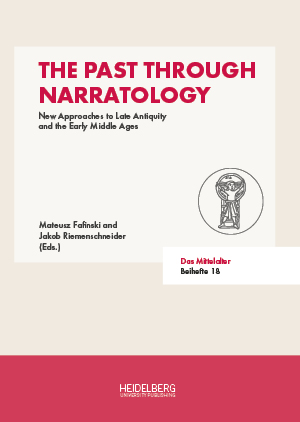How to Cite
License (Chapter)

This work is licensed under a Creative Commons Attribution-NonCommercial-ShareAlike 4.0 International License.
Identifiers (Book)
Published
Soldiers of Rome?
Ein Forschungsnarrativ über die Haßleben-Leuna-Gruppe und dessen Entstehung
Abstract Post-war archaeological research in Germany has created a narrative of Germanic auxiliary troops fighting for the Gallic emperors in the third century CE and later returning to their ‘native land’. These soldiers were identified as the buried of the so-called Haßleben-Leuna group, an elite grave group in modern Thuringia and Saxony-Anhalt that is distinguished by rich metal finds of supposedly Roman and non-Roman origin. Therefore, it provides insight into the formation process of non-Roman elites in this region. Numismatic finds within the graves (third century CE) as well as “mercenaries” mentioned as ingentia auxilia Germanorum in the ‘Historia Augusta’ (fourth / fifth century CE) seemed to substantiate this theory. More recent analyses of this narrative show that former and even current archaeologists assessed the Roman sources in an extremely positivistic way. Historians then used this line of reasoning and created a circular argument. The original assumption that tied the formation of the elite grave horizons to the so-called Gallic Empire is disproved today. The question remains how modern research should deal with the complicated and complex narrative of Roman grave goods and supposedly former Roman soldiers in the Haßleben-Leuna graves.






